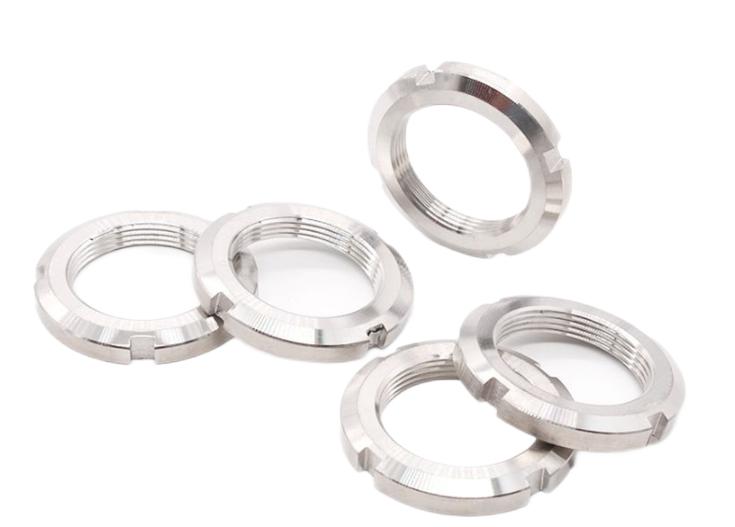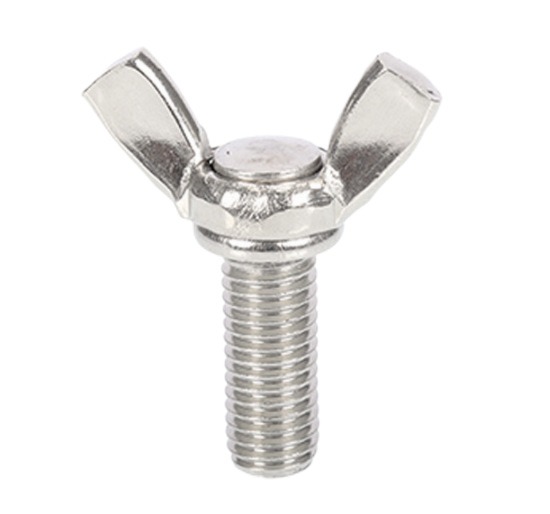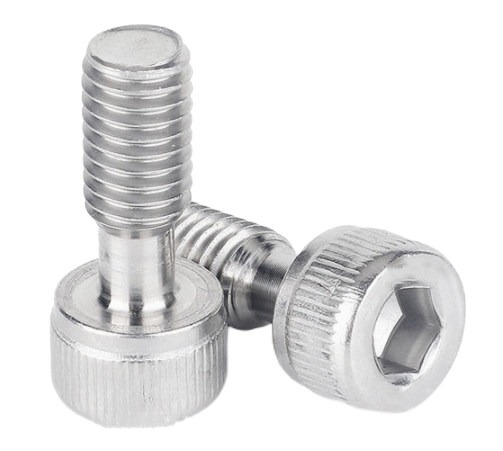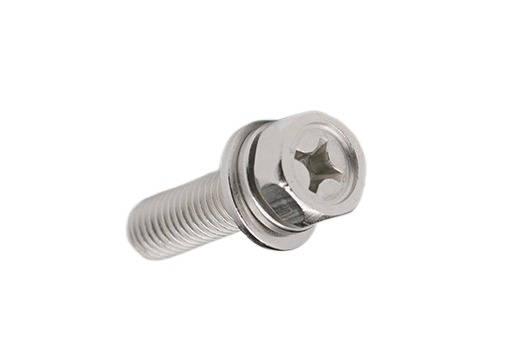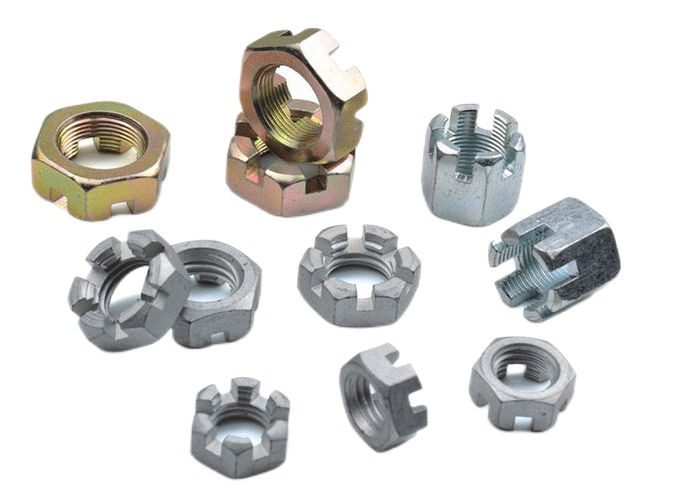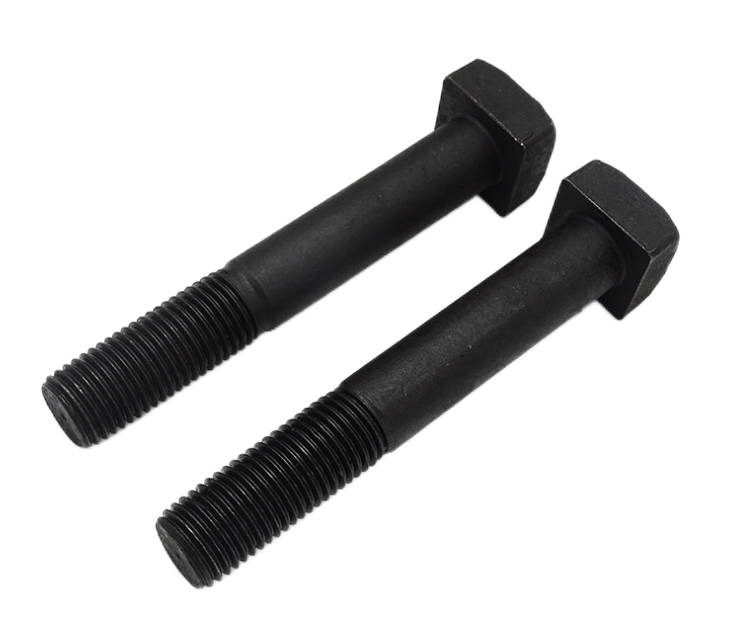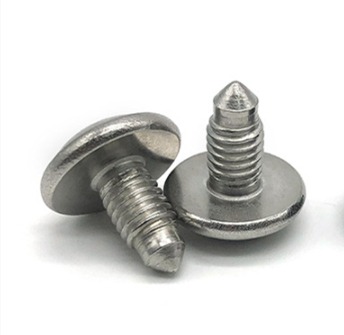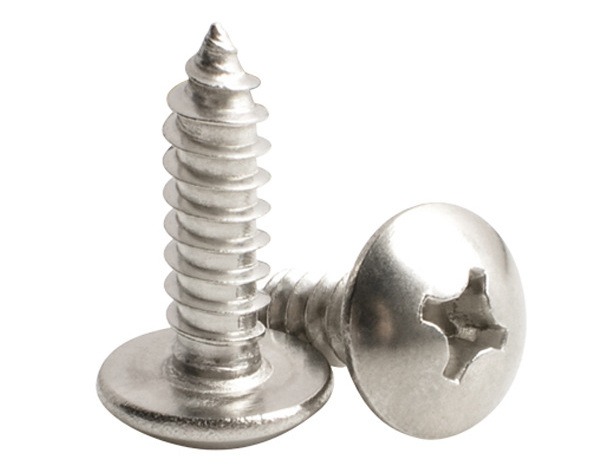Why Does Electro-galvanizing Come in Multiple Colors?
The surface treatment technology of many hardware parts that we often see adopts electro-galvanizing. At the same time, these surfaces can be found in a variety of colors, including white, colored, green, black, and more. Do you know why there are so many colors?
What is Electro-galvanizing?
Electrolytic-galvanizing using the principle of electrolysis is a process of forming a uniform, dense and well-bonded metal or alloy deposition layer on the surface of the workpiece. It is widely used to protect steel parts, prevent atmospheric corrosion, and can be used for decoration.
The color after galvanizing is that the color of zinc is silver white. The color after galvanizing passivation can be white, colored, military green, etc.
Why Does Electro-galvanizing Need to Be Passivated?
Zinc passivation is a film-forming process. Since zinc is a reactive metal, if it is not treated well after electro-galvanizing, the coating will soon darken and white corrosion products will appear successively. In order to reduce the chemical activity of zinc, a chromate solution is used for passivation treatment, so that a chromate conversion coating layer is formed on the surface of the zinc layer. This film is called “chromate conversion film”, or “galvanized passivation film”.
There are two main purposes of passivation after electro-galvanizing:
1. An inert passivation layer is formed on the surface of the galvanized layer to avoid the natural oxidation of zinc in the air and improve the overall anti-embroidery performance.
2. Improve the appearance quality of the coating. The galvanized layer can appear in various colors after passivation, such as colored, green, etc.
What is the Principle of Passivation?
In the color passivation formula, the passivation solution is acidic. In an acidic medium, the metal zinc coating will undergo oxidation and reduction reactions with the chromic acid in the passivation solution. Zinc acts as a reducing agent to reduce chromic acid, which is an oxidizing agent, to trivalent chromium. The passivation film is actually a compound of trivalent chromium and hexavalent chromium and zinc redox reaction.
Notice:
1. The compound of trivalent chromium and zinc is blue-green, and the compound of hexavalent chromium and zinc is ochre red or brownish yellow. As a result of the combination and mutual interference of different pigments, a colored passivation film is formed.
2. The passivator formulations for various appearances are different.
3. The passivation time should be controlled within an appropriate range. If the time is too short, the passivation is not enough; if the time is too long, the appearance will deteriorate, such as surface fogging.
4. The color passivation film has the function of self-healing. When the passivation film is damaged, in the air with a certain humidity, the hexavalent chromium compound dissolves in water to form chromic acid, which can continue to have a redox reaction with the zinc layer to form a passivation film again. The electro-galvanized layer has good corrosion resistance after color passivation treatment.
What Are the Factors That Affect Color?
1. The content ratio of trivalent chromium and hexavalent chromium. When there are many trivalent chromium compounds, the film is greenish. When the content of hexavalent chromium is high, the passive film is purple-red.
2. The color depth of the passivation film is related to the thickness of the film. The film thickness is related to the passivation time or the residence time in the air.
In low-chromium and ultra-low-chromium passivation solutions: the passivation film is formed in the solution, the longer the passivation time, the thicker the film; the shorter the passivation time, the thinner the film.
In high-chromium color passivation solution: Due to the high acidity of the passivation solution, it is impossible to form a film in the solution. Only when the workpiece leaves the solution and stays in the air can a film be formed. The longer the residence time in the air, the thicker the passivation film.
3. The passivation time or the oxidation time in the air is short, and the passivation film is thin. At this time, the color of the film is greenish. The passivation time is long and the film layer is thick, and the red component in the passivation film at this time is mostly.
What is the Process of Passivation?
1. At the beginning of the reaction, when the passivation film is thin, the reaction between the passivation solution and the zinc layer is relatively strong, and the hexavalent chromium is mostly converted into trivalent chromium, and the film is greenish.
2. When the reaction continues, because a passivation film has been separated, the passivation solution cannot directly react with the zinc layer, so the reaction is weakened. In this way, the hexavalent chromium compound will be formed and filled on the trivalent chromium compound, so the red pigment in the film layer will gradually increase. When the film is neither too thick nor too thin, the color of the passivation film is the best.
When the film layer changes from thin to thick, the color change of the passivation film is rough as follows:
white → greenish → red and yellow bright five-color → reddish-brown
Notice:
- The passivation film of good quality should be complete and bright and colorful.
- The reddish-brown film layer is relatively loose, and the bonding force with the zinc layer is not good enough.
- The greenish passivation film may be thin, which will affect the corrosion resistance.
The reason why electro galvanizing has multiple colors is described above. As a leading hardware manufacturer in China, KENENG not only has rich experience and excellent production capacity in manufacturing screws, springs, magnets, etc. but also provides CNC machining, metal stamping, and injection molding services. We are constantly improving our production capacity, if you want to know more, please feel free to contact us.

